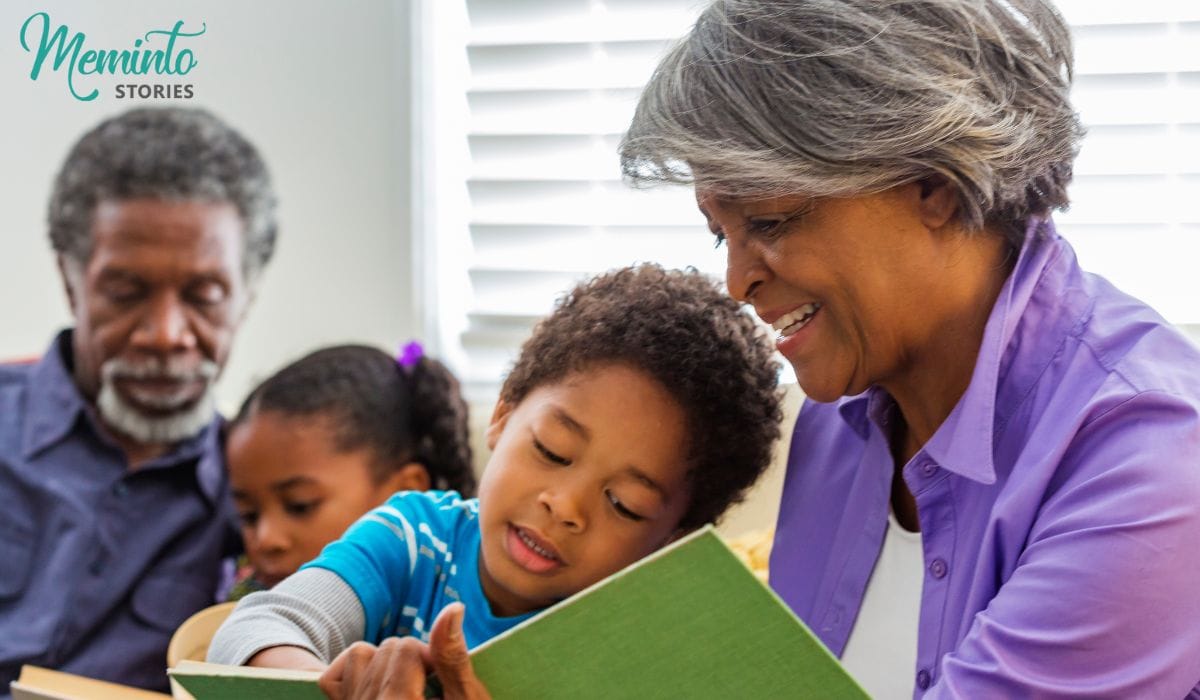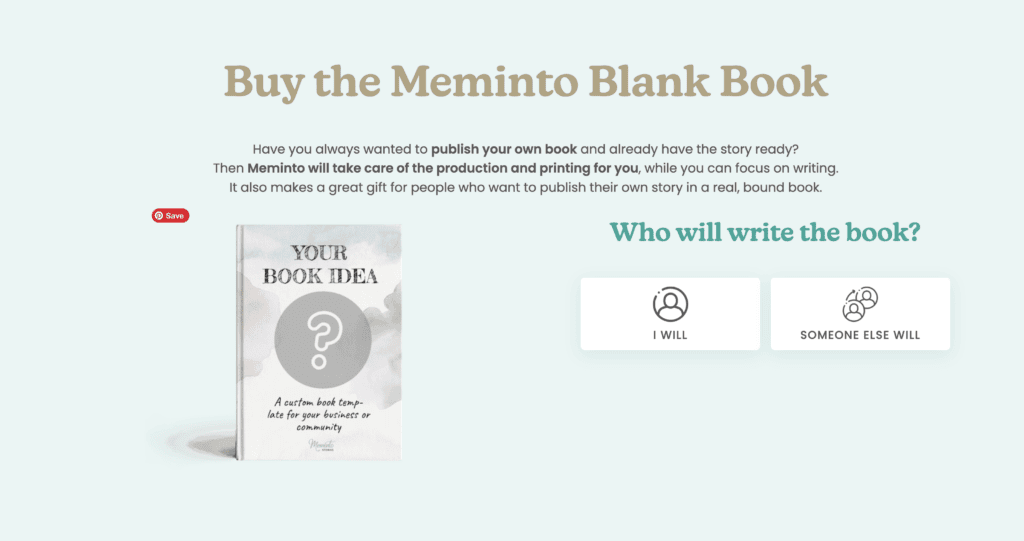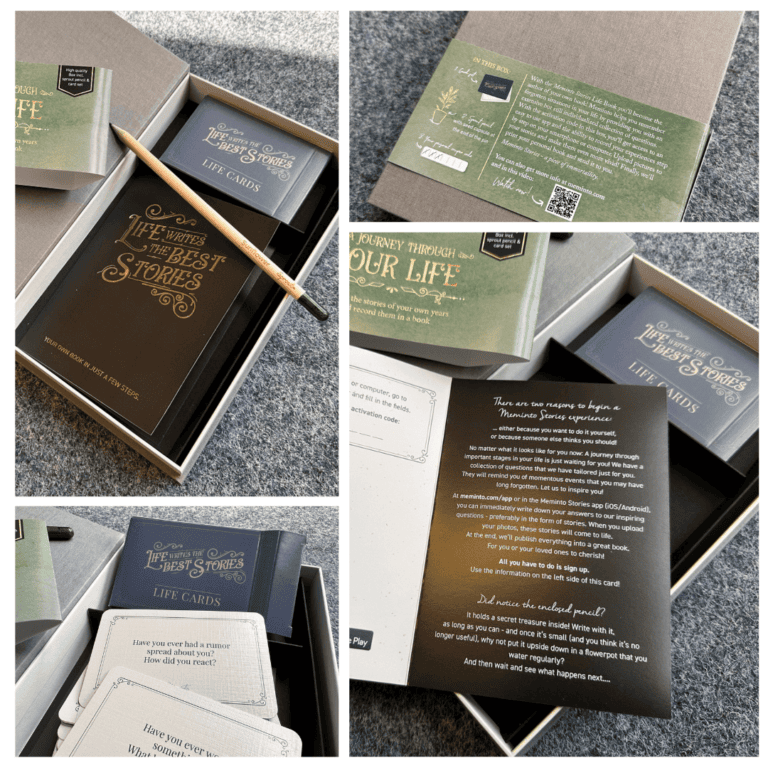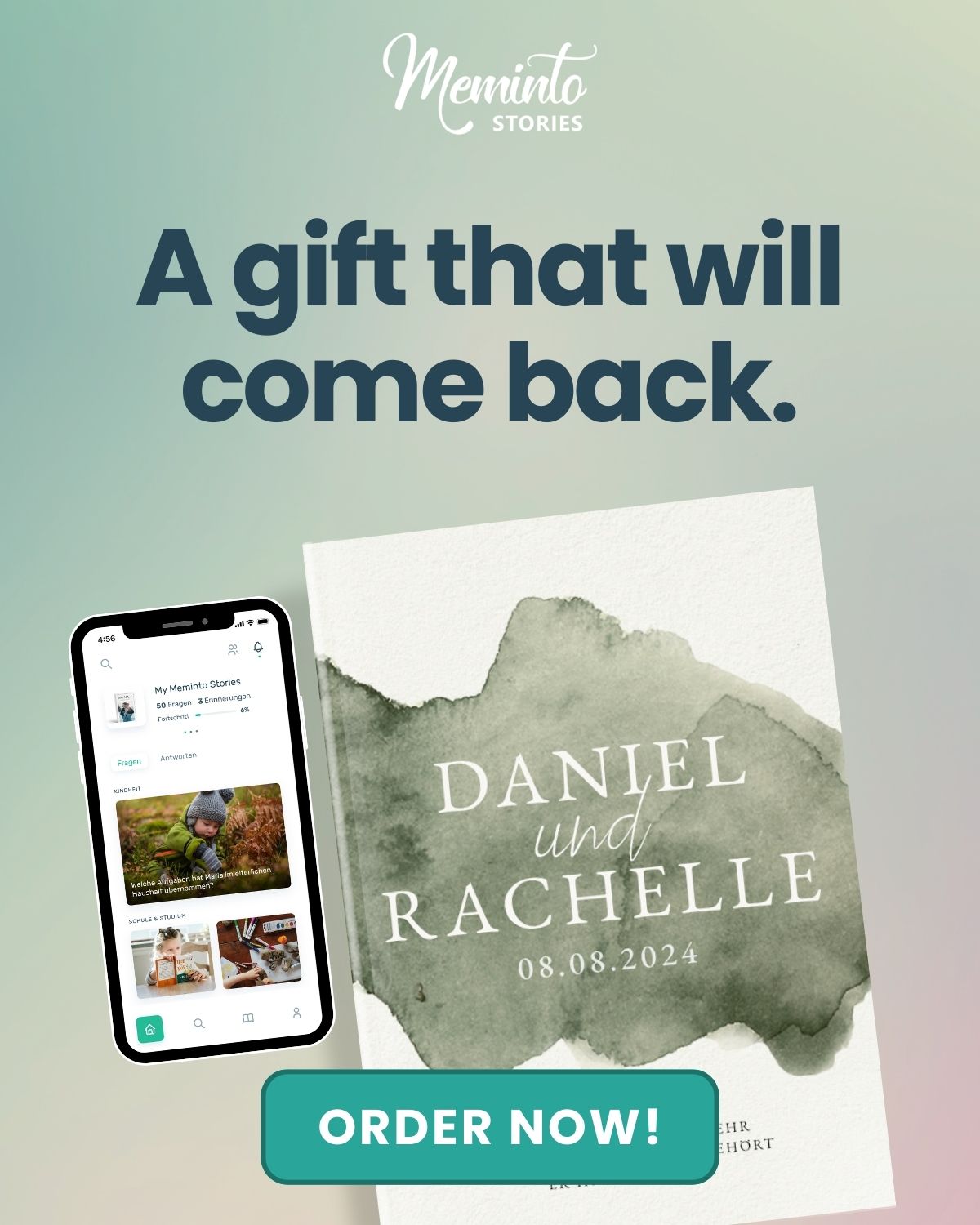As a teacher, you can write in students’ memory books to highlight academic accomplishments, recognize their personal development, recall memorable moments from the classroom, highlight fun and meaningful extracurricular activities, and thank them for their contributions.
With the academic year drawing to an end, you, as a teacher, need to pause and ponder the path students have traveled. A memory book for students is a real-life record of their progress and successes during school. It gathers heartfelt messages from teachers, peers, and school staff, capturing not just their achievements but also offering encouragement for their future adventures.
In this article, we’ll be guiding you on what you can write in your students’ memory books as a teacher.
Key Takeaways
- Writing a student memory book is a meaningful way to honor their achievements, acknowledge their growth, and create a lasting legacy of cherished moments and heartfelt sentiments.
- The memory book can include academic accomplishments, personal development recognition, memorable classroom moments, extracurricular activities, gratitude for contributions, inside jokes, quotes, song lyrics, handwritten messages, and signatures to create a meaningful keepsake.
- Use tools like Meminto to make the process of creating a memory book for your students easy.

What to Write in Students Memory Book From Teacher
-
Academic Accomplishments
In a student’s memory book, it’s important to highlight their academic successes. This might mean mentioning the courses where they did exceptionally well, noting any honors or awards they earned, or showcasing their involvement in research or related extracurricular activities. These achievements remind them of the effort they’ve put in and how they’ve grown academically.
It’s also effective to include specific examples or stories of success. These could be instances where the student tackled challenges, showed leadership, or accomplished something they didn’t think they could. Reflecting on these achievements can make students proud and encourage them to strive for excellence.
-
Personal development and character trait recognition
A student’s memory book is not just about academic achievements. It’s also about acknowledging their personal growth and character traits. This means highlighting times when they showed resilience, kindness, creativity, or leadership beyond the classroom. Teachers and classmates can contribute their own stories to capture a full picture of the student’s journey.
Besides recognizing personal growth, including the student’s reflections is important. They can write letters or journal entries sharing their thoughts, feelings, and lessons learned throughout their school years. These reflections remind them how much they’ve grown in their studies and as individuals.
-
Memorable classroom moments
Students spend a significant amount of time in the classroom, so it’s no surprise that some of their favorite memories come from this environment. From engaging discussions and enlightening lessons to funny anecdotes and inside jokes, numerous experiences can be captured in the memory book. Teachers can share stories of the students’s academic achievements, their unique contributions to class discussions, or their ability to bring laughter and joy to the classroom. These memories testify to the student’s growth and positive impact on their classmates and teachers.
-
Fun and Meaningful Extracurricular Activities
In a student’s memory book, it’s important to remember the fun and meaningful extracurricular activities they took part in. Whether playing sports, joining clubs, or performing in school plays, these activities help students grow and develop. They explore their interests, learn new skills, and make lasting memories. Including these experiences in the memory book lets students reflect on the friendships they made, the challenges they tackled, and how they grew outside of class.
By capturing these favorite memories in the memory book, it becomes a treasure trove of joy and nostalgia. It reminds students of the friendships, achievements, and personal growth they experienced in school. These memories will bring a smile to their face and remind them of the amazing person they’ve become.
-
Thank the students for their contributions.
In a student’s memory book, it’s crucial to thank them for their contributions. They can reflect on what they’ve achieved and appreciate their efforts. This might mean mentioning specific projects or activities they’re proud of and recognizing the work they put in. This self-appreciation reminds them of their abilities and encourages them to aim for success.
-
Inside jokes and personal references
In a student’s memory book, it’s not just about achievements and gratitude but also about adding fun and joy. Including inside jokes and personal references can make the students smile and recall special moments with their classmates and teachers.
Adding these jokes and references makes the memory book more than just a list of accomplishments. It becomes a reminder of the laughter and happiness shared during the student’s time in school.
-
Quotes
When picking quotes for the memory book, choosing ones that connect with the student’s journey is key. Find quotes that mirror the obstacles they’ve conquered, the wisdom they’ve gained, or the principles they cherish. These quotes can offer encouragement and motivation as the student looks back on their achievements and prepares for what’s next.
-
Song Lyrics
Adding song lyrics to a student’s memory book is a nice touch. Songs can stir up emotions and memories, making them a perfect fit. Choose lyrics from songs that mean something to the student, like the tune from prom or the song played at graduation. These lyrics bring back fond memories and remind them of the good times they shared with friends.
-
Handwritten messages and signatures
Adding handwritten messages and signatures is a meaningful part of a student’s memory book. These personal notes add a special touch, reminding the students of the bonds formed and their impact. Encouraging classmates, teachers, and staff to leave messages and sign the book makes it a treasured keepsake filled with love and encouragement.
Including handwritten messages and signatures makes the memory book truly personal and special. These heartfelt notes and signatures remind the student of the connections, support, and growth experienced during school.

Benefits Teachers Get for Putting Efforts into What to Write in Their Students’ Memory Book
Now that you know some things you can write in your students’ memory books, you might be wondering if the process is worth the effort. So, we’ll share why you are doing this with it all.
1. Stronger bond
A thoughtful message shows students you care about them as individuals, not just learners. This strengthens the teacher-student bond, leading to a more positive classroom environment.
2. Lasting memory
A well-written entry becomes a cherished keepsake for students. It can remind them of their achievements, growth, and the teacher’s positive impact on their lives.
3. Motivation and Inspiration
Teachers can use the memory book to highlight a student’s effort, perseverance, or unique talents. This can motivate them to continue striving and inspire them to reach their full potential.
4. Reflection and Appreciation
Taking the time to write personalized entries allows teachers to reflect on their students’ individual journeys and appreciate their unique personalities and strengths.
5. Sense of Accomplishment
Creating a meaningful memory book can be a source of pride for teachers. It serves as a tangible reminder of their positive impact on their students’ lives.
6. Connection with Families
Thoughtful entries can foster a stronger connection between teachers and families. Parents appreciate the time and care taken to personalize their child’s experience.
How Teachers Can Write Students’ Memory Books
Now that we’ve convinced you to continue with your brilliant idea of creating a memory book for each of your students, we’ll be guiding you through the process of actually creating the memory book.
With Meminto, you don’t need to pay for a subscription until you’re fully ready to take that big step. Once you’ve created a book with Meminto, you’ll get a collection of questions you can answer for your memory book. But if none are to your taste, you can always add your own questions and answer them.
With Meminto, you can add pictures from your classroom. You can also give the message a more personalized touch by adding a voice memo appreciating the student.
Have we convinced you enough to give this a shot?
If your answer is no, you can always talk to one of our agents in the helpdesk to clarify any doubts you may still have. Our responses are usually prompt, and we pride ourselves on offering the best customer service.
On the other hand, if your answer is yes, then let’s dive right in!
- Visit the Meminto Book page and select who will write the book. you or someone else.”

- Decide on the number of pages for your book and select if you’d like additional or digital copies. Click “Add to Cart” after making your choices.
- Enter your shipping address, preferred payment method, and any promo code you have.
- Confirm and track your order on the checkout page.
- Check your email for a confirmation message and activation code. Copy the activation code and go to Meminto Registration.
- Enter your personal information, activation code, and password. Then click “Sign up for Meminto” to start writing you
- Choose your preferred language (German or English) and select the day you’d like to receive weekly questions. Click “Save Changes.”
- Select your book’s typographic alignment and category presentation.
- Customize the book to your liking.
- Watch the video below for more details on how to use the Meminto app.
Conclusion
Creating a student memory book is a valuable and meaningful way to commemorate a student’s journey and achievements. By reflecting on their accomplishments, sharing favorite memories, expressing gratitude, offering encouragement, providing advice, and incorporating inside jokes, meaningful quotes, and handwritten messages, a memory book becomes a treasure trove of cherished moments and heartfelt sentiments.
Thoughtful and memorable notes in a student memory book remind students of the hard work, growth, and success they have experienced throughout their educational journey. It is a way to honor their achievements and acknowledge their personal development, both academically and individually. These notes are more than just words on a page; they are a testament to a student’s impact and the legacy they leave behind.
This post is also available in %s.


























